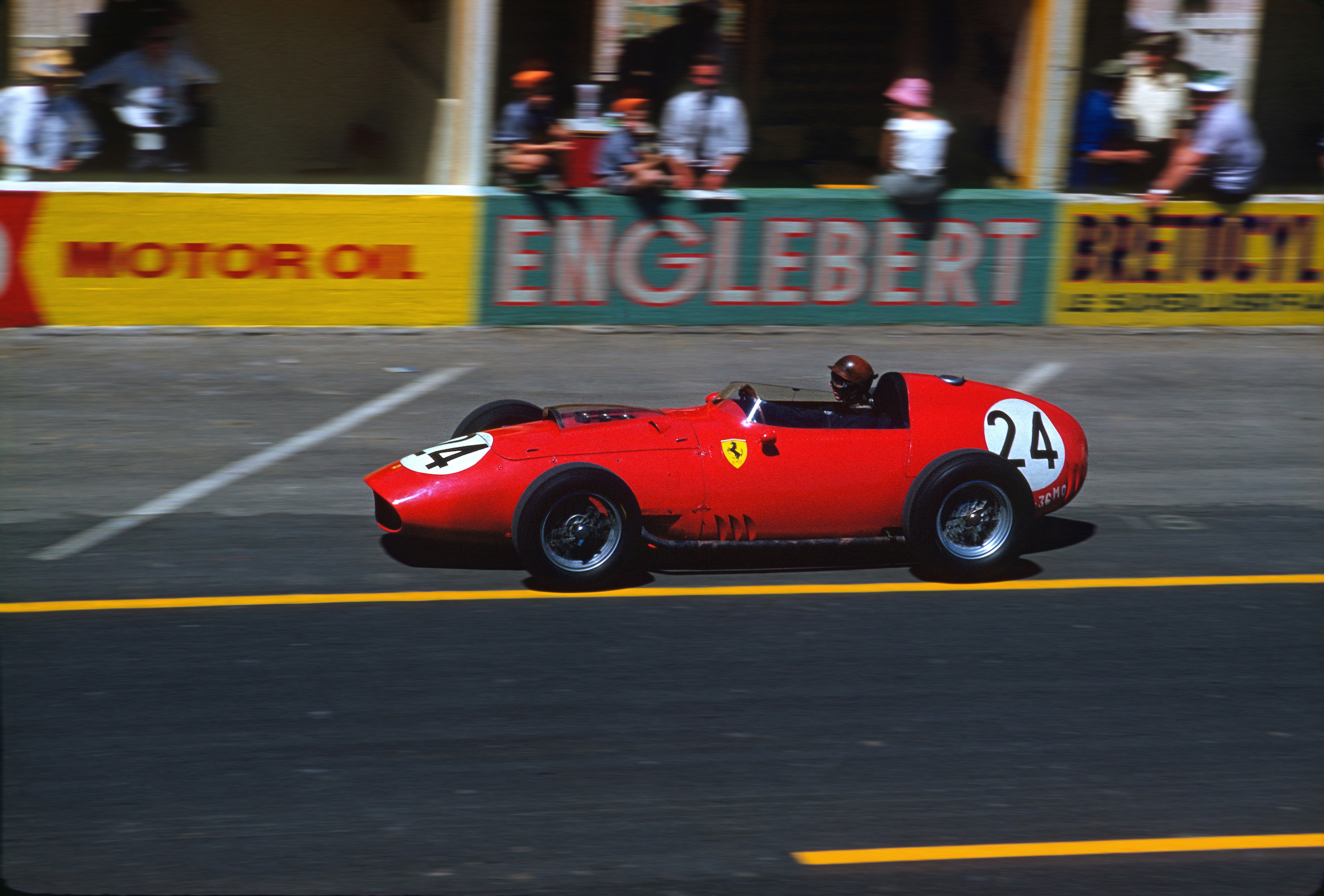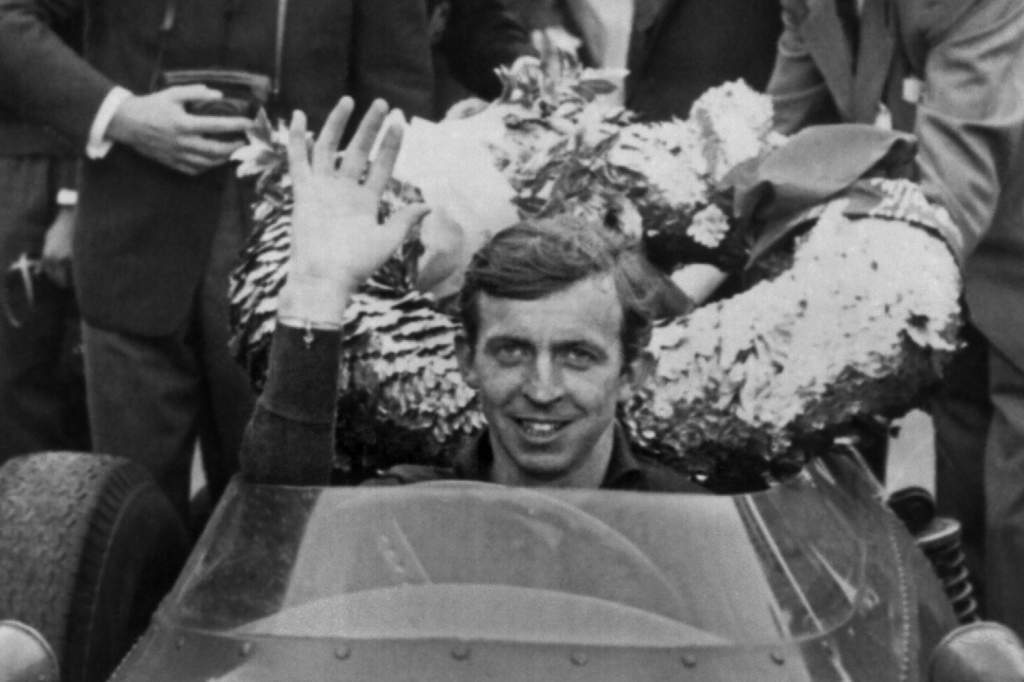Up Next

Tony Brooks, the last surviving 1950s Formula 1 grand prix winner, has died at the age of 90.
The six-time F1 race-winner was a British great of the world championship’s first decade, winning for both Vanwall and Ferrari and finishing runner-up to Jack Brabham in the 1959 title race, but perhaps underrated in history given the calibre of drivers he overlapped with – such as his Vanwall team-mate Stirling Moss.

A shock win in the non-championship Syracuse Grand Prix in a Connaught launched the 23-year-old club racing graduate and dental student’s top-level motorsport career.
His first F1 season with BRM in 1956 was curtailed in his first championship start when a stuck throttle at Silverstone caused a huge crash in which he was thrown from his somersaulting car and was lucky to escape with just a broken jaw.
He moved to Vanwall for 1957, where injury disrupted his campaign too but didn’t stop him getting a first F1 championship race win. Burns from a Le Mans 24 Hours crash forced him to hand his car over to team-mate Moss in the British Grand Prix, but they claimed victory together.
Brooks would’ve been a very worthy world champion in 1958. He only finished three races but won all of them, at Spa, the Nurburgring and Monza, no less. That earned him third in the championship behind Ferrari driver Mike Hawthorn and Vanwall team-mate Moss.
Ferrari signed Brooks for 1959 after Vanwall’s withdrawal (though Vanwall still entered a car for him in the British GP when Ferrari chose not to take part) and he only narrowly lost the title to Brabham – whose son David described Brooks as “a real gentleman racer who was as fast as anyone in his day” after learning of Brooks’ death.
Brooks’ career faded thereafter. With increasing business interests and having seen so many friends and rivals lose their lives, his form was more muted during two final seasons with first the Yeoman Credit team’s Cooper and then BRM.
He bowed out with third place in the 1961 United States GP then stepped away from F1 at the age of 29 to focus on his garage business.
“He was part of a special group of drivers who were pioneers and pushed the boundaries at a time of great risk,” said current F1 chief Stefano Domenicali.




